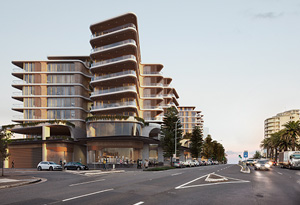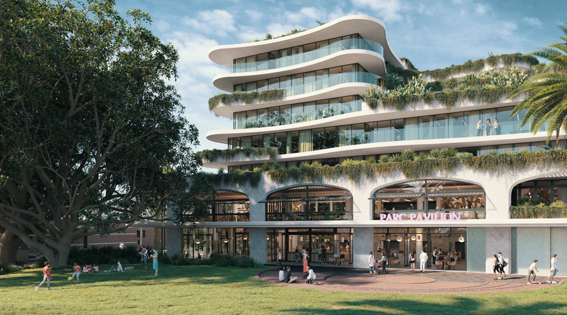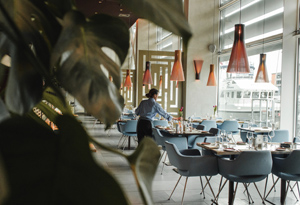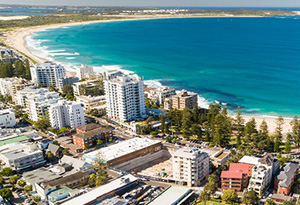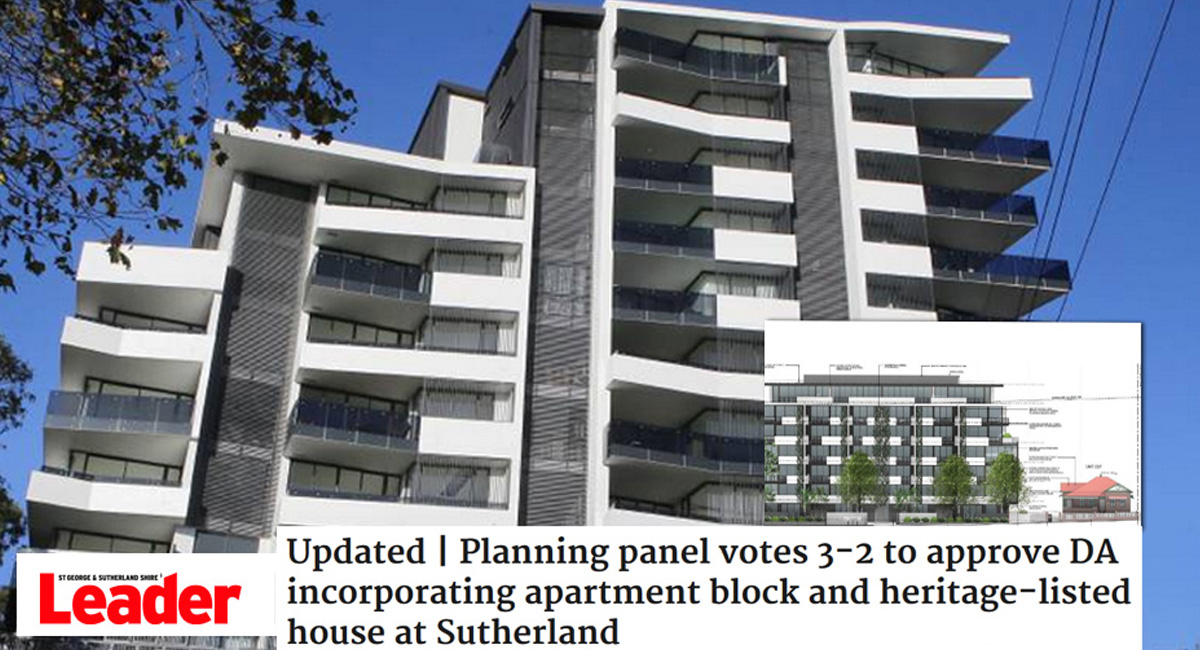Read the published article here
A new building project at Sutherland by prominent shire firm Sammut Developments has been approved in a close call. Sutherland Shire Local Planning Panel voted 3-2 to approve the development application (DA) for 110-116 Flora Street.
The proposal includes the construction of a seven-storey apartment block and renovation of a heritage-listed house. Two panel members supported the project overall but believed the building height and scale, which will exceed the specified limits for the site, were “excessive”.
Other panels members accepted the extra height was justified “as a result of site planning to retain the heritage item”. The panel rejected a council recommendation the heritage cottage be limited to residential use, and not be commercial space. The council report said substantial building works would be required to bring the cottage into conformity with current building and access standards, which would have a detrimental impact on the fabric and heritage significance item”.
The planning panel said the proposed works on the cottage were “very minor” and building code and access issues could be undertaken in a sensitive way. Conditions were imposed to minimise heritage impacts.
Sammut Developments has recently completed another Sutherland project, The Loft at the corner of Old Princes Highway and Belmont Street.
Earlier
A proposed $20 million development at Sutherland, incorporating a seven-storey apartment block and a heritage-listed house, has been recommended for approval following council assessment. Sutherland Shire Local Planning Panel is due to determine the development application (DA) for 110-116 Flora Street on June 18.
Sammut Developments acquired the house named Wallales, which was built about 1917, along with three adjoining houses on Flora Street at the corner of Auburn Street. The DA proposed demolishing three of the houses to build 46 apartments and a swimming pool, with two basement levels of parking. The heritage-listed house was to be renovated and extended to become the forty-seventh dwelling.
The plans were subsequently changed to allow the heritage house to be used for commercial purposes. The council’s assessment report said changes to the DA had been made by the applicant in response to matters raised by the council.
The report supported the plans overall, but not the use of the heritage house for commercial purposes. The report said substantial building works would be required to bring the cottage into conformity with current building and access standards, which would have a detrimental impact on the fabric and heritage significance item.
“In this instance, the use of the heritage cottage is recommended to be provided as residential accommodation and a separate application lodged in the future for separate consideration,” the report said. “The inclusion of the heritage cottage into a larger development scheme will ensure its long term conservation and the realising of the council’s broader strategic imperative to conserve local environmental heritage.
“Subject to suitable conditions (mainly the removal of the commercial use) the proposal is considered to be acceptable and consistent with the provisions of the Local Environmental Plan 2015.”
The assessment supported a variation to the building height standard for the area. The LEP provides a maximum 20 metre building height, while the proposed development will be a maximum of 23.3 metres.
Twelve submissions were received in response to the DA. The main issues raised included the adequacy of public consultation, the retention of existing commercial use of the heritage-listed house, the development being out of character with the streetscape and the 20 metre height limit being exceeded.
